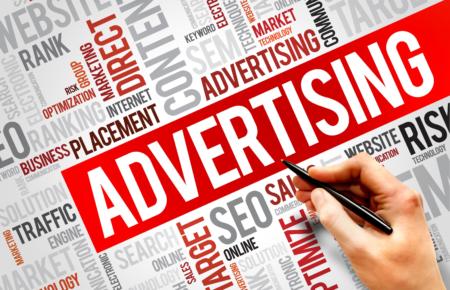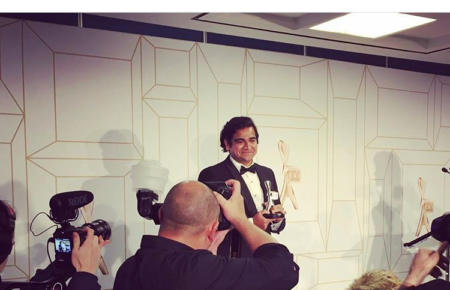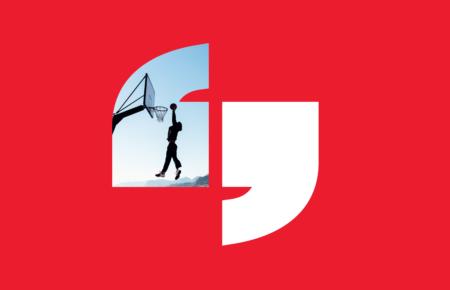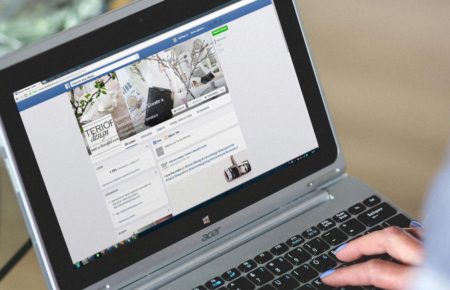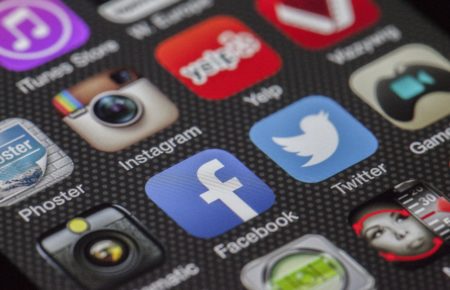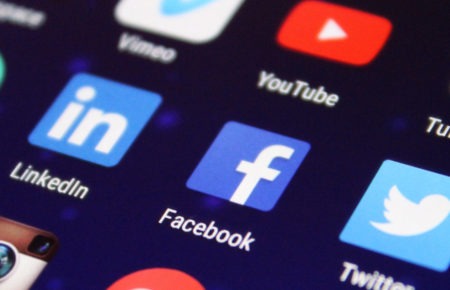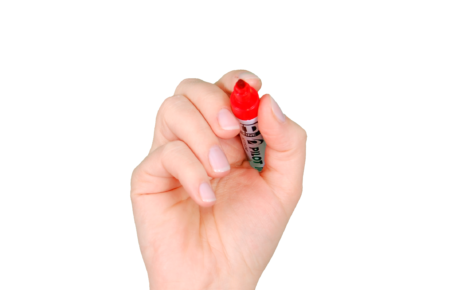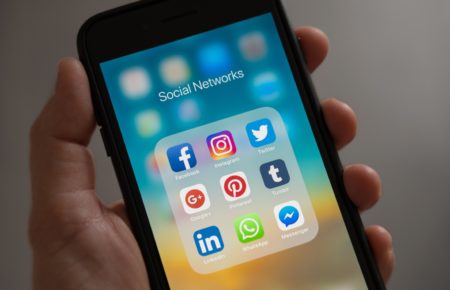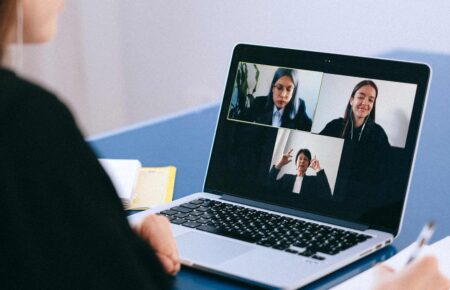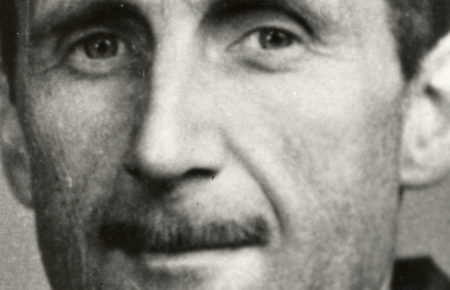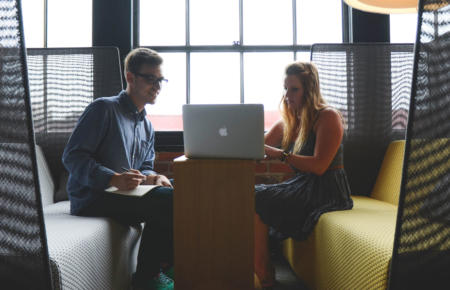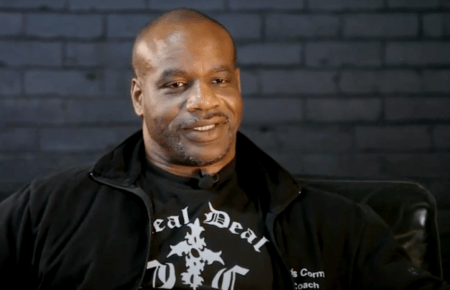The merger between Fairfax and the Nine Network has been making headlines recently — even if mostly across their own pages and programs. A lot of questions have been asked about this move, in particular, how it will impact the quality and bias of the journalism being produced by, in particular, Fairfax into the future, considering the inevitable corporate influences and conflicts of interest.
It seems to be a move driven more by survival than by a decision to improve the quality of content by either company, but one particular argument made by the Nine Network for the move is that it has been driven by a need to battle and win back some of the advertising dollars already lost to Facebook and Google.
This is a fair argument on the surface — it’s pretty clear a lot of Aussie dollars have gone there — but the problem with it is the implication that news and media has been, or even can be, a platform that offers comparable opportunity for advertisers of all kinds.
Media advertising traditionally has not been a fair and equitable space. The cost barriers to entry has meant that only the big players, the companies with advertising and marketing budgets in the millions of dollars could play there, giving small and medium-sized businesses very few marketing avenues with which to promote their businesses.
Google and Facebook changed that. The barrier to entry into the Facebook and Google spaces, although increasing in price, have been outrageously more equitable. Early adopters have been able to gain valuable eyeballs and attention, in some instances, for zero cost outlay. That has since changed to some degree, but the value there is still astronomically more reasonable than advertising on TV for example. The other thing is people are spending their recreational time online, when they were once spending this time watching TV and reading papers.
And this shift in attention is only increasing.
The real scramble for traditional media companies is to hang on to their big clients and keep them believing in the value of the traditional media outlets. And the merger adds value to that offering. But by the same token, it waters down the ad space as well. If Mercedes was once paying for ad space on TV, on radio and in the metro dailies, and this merger now enables them to hit all three of those targets at a discounted rate, with revenue split across the different platforms, then in the long run, it’s hard to see how the haemorrhage will be stemmed.
Really, the only way to really protect those dollars is to protect those audiences tuning in, logging in or switching on. And the only way to do that is through innovating the user experience and by creating exciting programming that people want to watch that can’t be found anywhere else. The problem there is that people are doing that (innovating and making programming) pretty cheaply, and offering that content for free. And all the ad money for that is going offshore.
There’s no better example of that than the documentary I made called Fat and Back. We sold it into more than 20 countries around the world. It played once on Channel One in Australia, one of the last countries to buy it and run it (thanks for the support guys).
Currently it’s on YouTube where in the next couple of weeks it will pass 2 million views. Someone’s benefiting from those eyeballs. It’s not me and it’s not an Australian broadcaster.
If you need help in the digital space, get in touch with us today.

